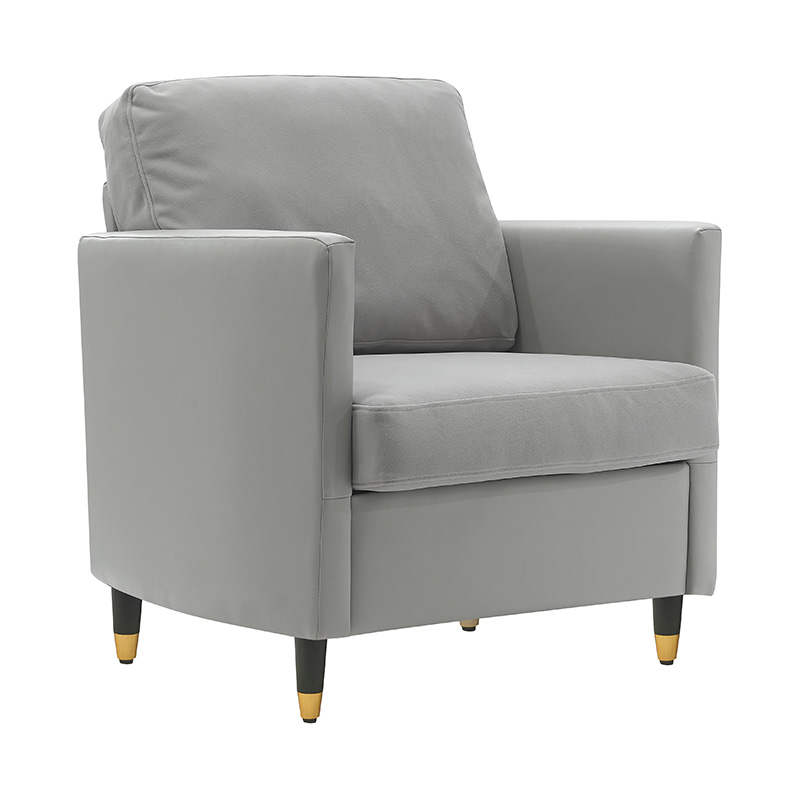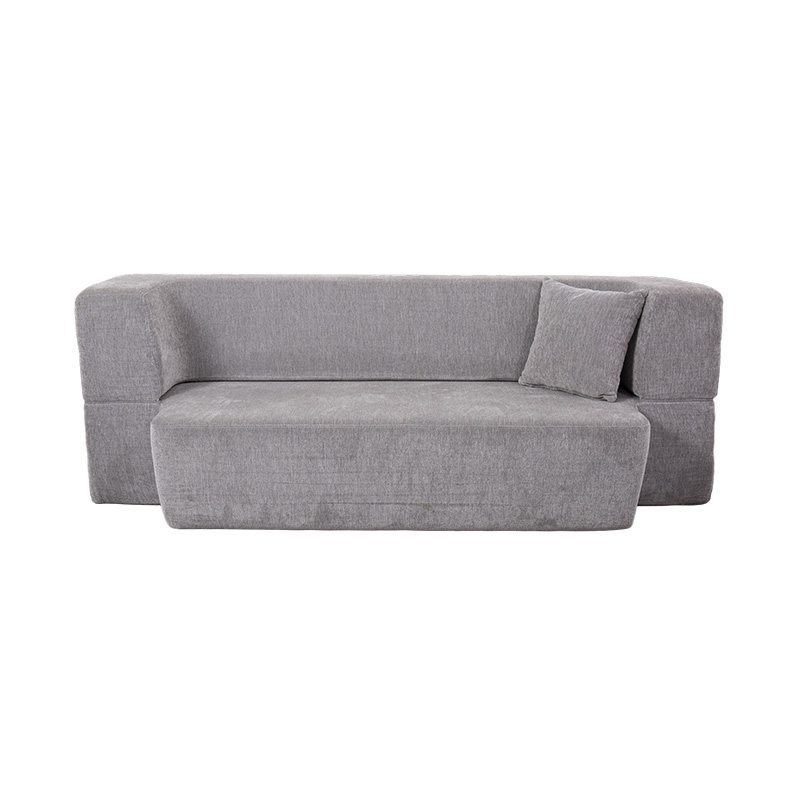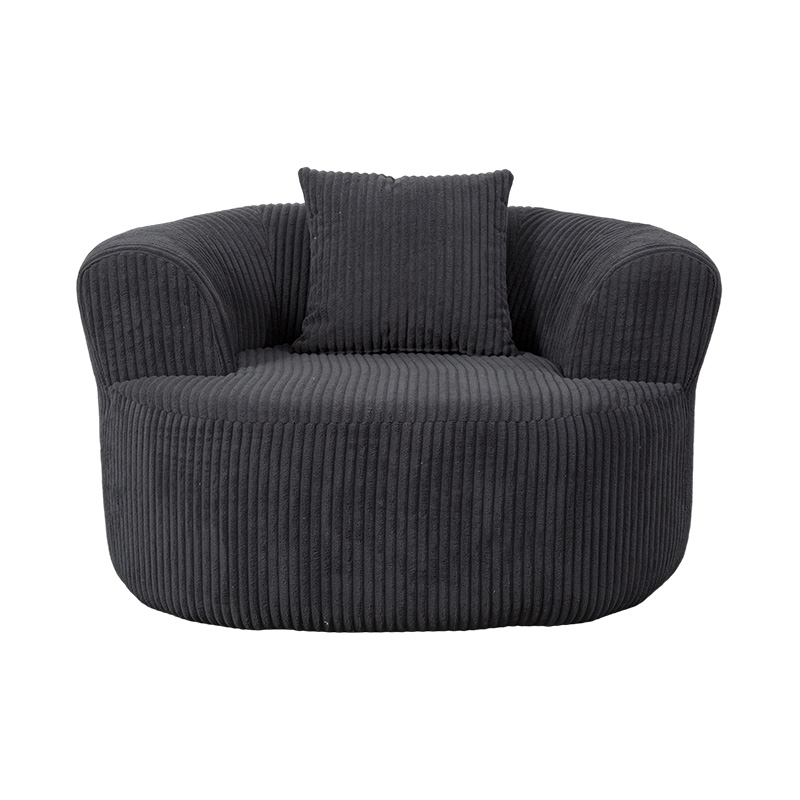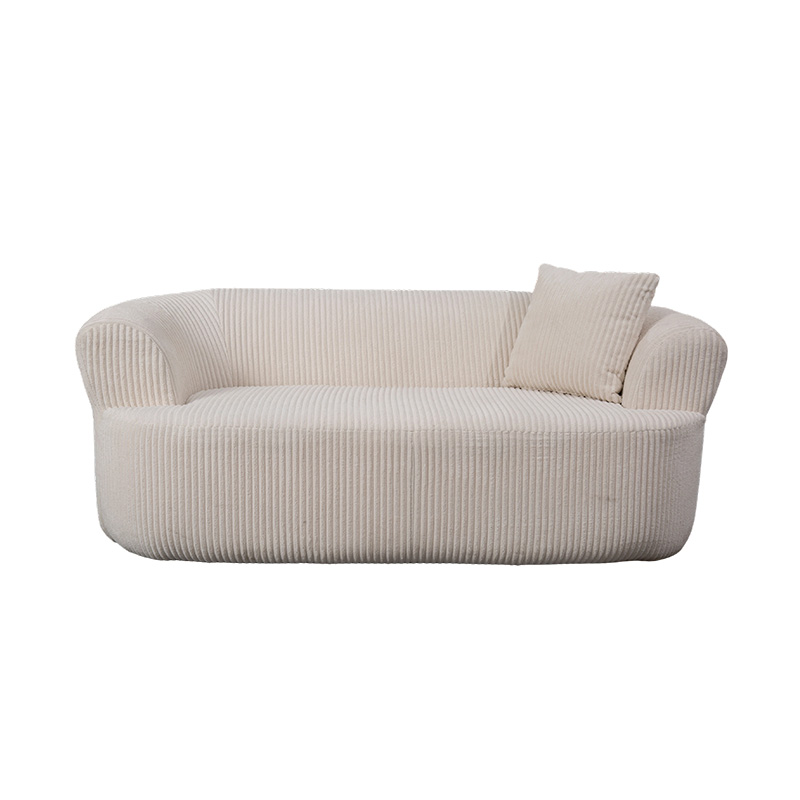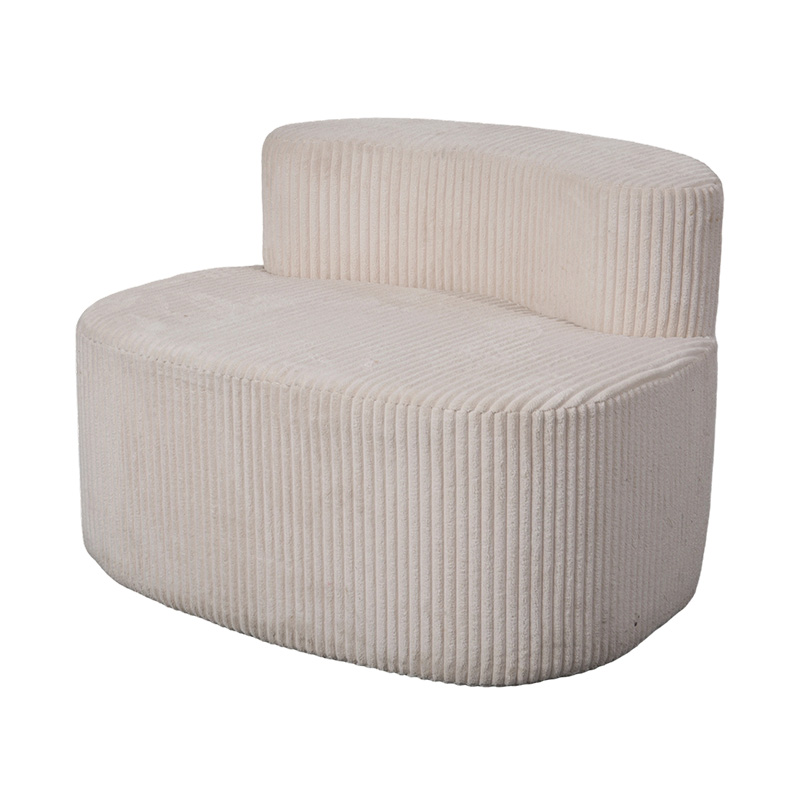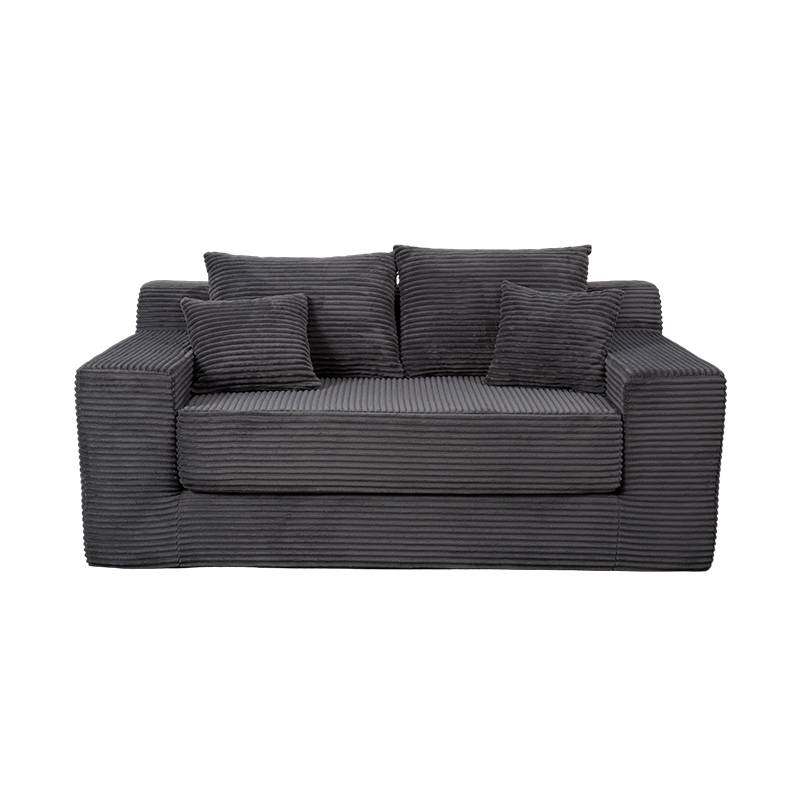A Fabric Storage Ottoman is a versatile piece of furniture. It can serve as a footrest, extra seating, a coffee table, or even discreet storage. However, despite its functional benefits, a Fabric Storage Ottoman is vulnerable to wear and tear, stains, and structural damage if not properly cared for. Protecting your investment not only extends the lifespan of the ottoman but also keeps it looking fresh and aesthetically pleasing in your home.
Understanding the Risks to Your Fabric Storage Ottoman
Before diving into preventative measures, it’s essential to understand what typically causes damage to fabric storage ottomans. Common risks include:
- Spills and stains: Drinks, food, and other liquids can easily stain the fabric. Certain fabrics, such as cotton or linen blends, are more prone to absorbing liquids quickly.
- Friction and wear: Frequent use as a footrest or seating can cause fabric fibers to wear down, leading to pilling or thinning.
- Sunlight exposure: Prolonged exposure to direct sunlight can fade colors and weaken the fabric.
- Pets: Cats and dogs can scratch or shed fur on the ottoman, potentially damaging the fabric or leaving stains.
- Heavy loads: Overloading the ottoman with excessive weight may compromise its internal frame, hinges, or storage capacity.
- Moisture and humidity: High humidity or accidental water exposure can weaken the fabric, encourage mold, and warp internal materials.
Recognizing these risks allows you to take targeted steps to prevent them before they cause significant damage.
Choosing the Right Fabric for Durability
Prevention starts at purchase. Different fabrics offer varying levels of durability and resistance to wear, stains, and fading. Popular fabric options include:
- Polyester blends: Known for durability and stain resistance. They are often easy to clean and less prone to fading.
- Microfiber: Soft and resistant to liquid absorption, microfiber is an excellent choice for homes with children or pets.
- Linen: Elegant but prone to wrinkling and staining; best for low-traffic areas.
- Cotton: Comfortable but can wear down quickly and absorb stains easily. Often blended with synthetic fibers for improved durability.
Selecting a fabric that suits your lifestyle and usage pattern can dramatically reduce the risk of damage.
Placement and Environmental Considerations
Where you place your Fabric Storage Ottoman affects its longevity. Consider these placement tips:
- Avoid direct sunlight: Prolonged exposure to sunlight can cause fading and weaken fabric fibers. Place the ottoman away from windows or use curtains or blinds.
- Keep away from heat sources: Radiators, fireplaces, or vents can dry out and damage fabric or internal materials.
- Ensure proper ventilation: A well-ventilated room prevents moisture accumulation, reducing the risk of mold or mildew.
- High-traffic areas: If the ottoman is in a frequently used space, be prepared for increased wear and take extra care with protective measures such as covers or throws.
Routine Cleaning and Maintenance
Regular cleaning is crucial to prevent permanent damage. Here’s a structured cleaning regimen:
Vacuuming
Vacuum the fabric surface weekly to remove dust, dirt, and crumbs. Use a soft brush attachment to avoid damaging delicate fabrics.
Spot Cleaning
Immediately address spills or stains. Blot liquids gently with a clean, absorbent cloth—never rub, as this can push the stain deeper into the fibers. Mild soap and water or a fabric-specific cleaner can be used for tougher stains, but always test on a hidden area first.
Deep Cleaning
Every 3–6 months, deep-clean the fabric using a steam cleaner or professional upholstery cleaning service. Deep cleaning removes embedded dirt, allergens, and oils that can weaken fibers over time.
Fabric Protection
Consider applying a fabric protector spray. These sprays create a barrier that repels liquids and reduces the risk of staining. Ensure the spray is compatible with your ottoman’s fabric type.
Using Protective Accessories
Simple protective accessories can significantly reduce wear and tear:
- Ottoman covers or throws: Covers can be removed and washed, protecting the original fabric from spills, dust, and pet hair.
- Coasters and trays: If the ottoman doubles as a coffee table, use coasters or trays to prevent cup rings, scratches, and spills.
- Slipcovers: For frequent use areas or homes with pets, a fitted slipcover offers a complete protective layer.
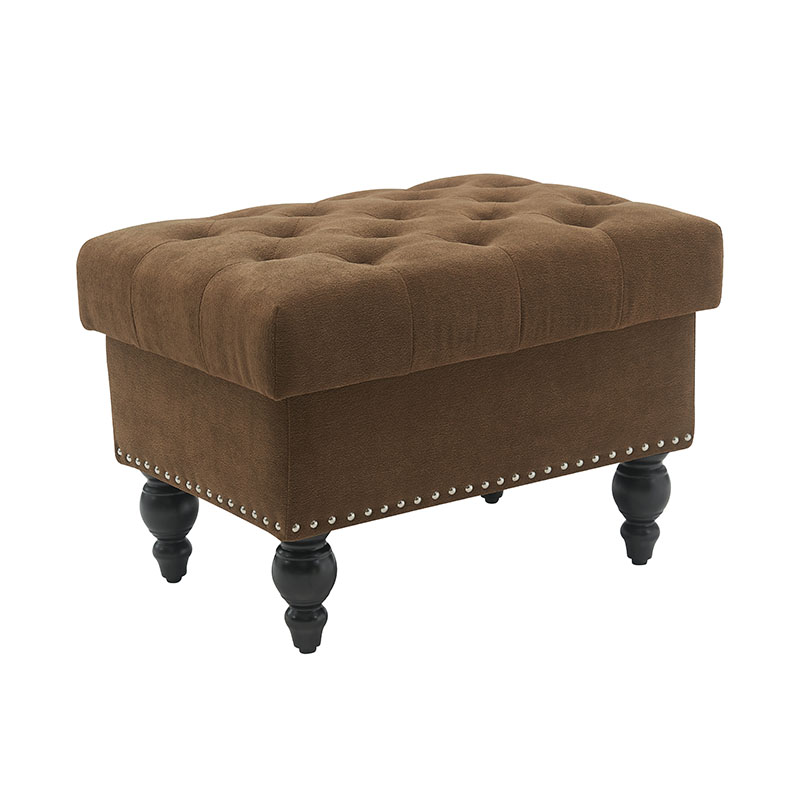
Proper Usage Habits
How you use your Fabric Storage Ottoman affects its durability. Consider these habits:
- Avoid standing or jumping: Ottomans are not designed to support full body weight in non-seated positions. Standing or jumping can damage the frame and fabric.
- Distribute weight evenly: When storing heavy items inside, ensure weight is evenly distributed to prevent warping the internal structure.
- Close storage compartments gently: Rough handling of the lid or hinges can cause structural damage over time.
- Rotate cushions and panels: If the ottoman has removable cushions, rotating them periodically can prevent uneven wear and fading.
Pet and Child Considerations
If you have pets or children, additional preventative measures are essential:
- Pet protection: Train pets to avoid scratching or climbing on the ottoman. Use pet-friendly throws or mats to minimize damage.
- Stain prevention for children: Encourage eating at a table rather than on the ottoman. Keep wipes and a small cleaning kit nearby for quick spill management.
- Odor control: Use baking soda or fabric-safe deodorizers to prevent lingering odors from pets or spills.
Seasonal and Long-Term Care
Seasonal maintenance can extend the life of your ottoman:
- Rotate placement: Changing the ottoman’s location prevents one side from fading more than another due to sunlight exposure.
- Inspect for wear: Check seams, stitching, and hinges for signs of weakening. Early repair prevents larger damage.
- Climate control: In humid environments, use a dehumidifier to prevent mold or mildew. In dry climates, occasionally condition leather accents or wood elements to prevent cracking.
Repair and Professional Maintenance
Even with careful prevention, occasional damage may occur. Addressing it promptly minimizes long-term effects:
- Fabric tears or loose seams: Minor tears can often be sewn or patched. For delicate or expensive fabrics, a professional upholstery service is recommended.
- Frame damage: If the internal structure becomes loose or wobbly, professional repair ensures it’s safe and functional.
- Stubborn stains: For difficult stains, professional cleaning can restore appearance without damaging fabric fibers.
Summary of Preventative Strategies
Preventing damage to a Fabric Storage Ottoman involves a combination of smart purchasing decisions, strategic placement, regular maintenance, protective accessories, proper usage, and professional support when needed. Key takeaways include:
- Choose durable, stain-resistant fabrics suitable for your lifestyle.
- Place the ottoman away from direct sunlight, heat sources, and high-humidity areas.
- Clean regularly—vacuum, spot clean, and deep clean periodically.
- Use protective accessories such as covers, throws, and coasters.
- Encourage gentle usage and distribute weight evenly in storage compartments.
- Consider pet and child protection measures to minimize wear and stains.
- Conduct seasonal inspections and maintenance to catch small issues early.
- Address repairs promptly, either DIY for minor issues or through professional services for major damage.
By following these practices, your Fabric Storage Ottoman will remain attractive, functional, and durable for years, retaining both its aesthetic appeal and practical utility.
Conclusion
A Fabric Storage Ottoman is more than just a decorative accessory; it is a functional piece of furniture that enhances comfort and storage in any space. Proper care and preventative measures are essential to protect it from everyday hazards such as stains, wear, and structural damage. By investing time in routine cleaning, using protective accessories, and adopting mindful usage habits, you can ensure your ottoman stays in excellent condition, providing years of comfort and convenience. Protecting your ottoman is not just about maintaining appearances—it’s about preserving its value, utility, and the comfort it brings to your home.

 0
0


